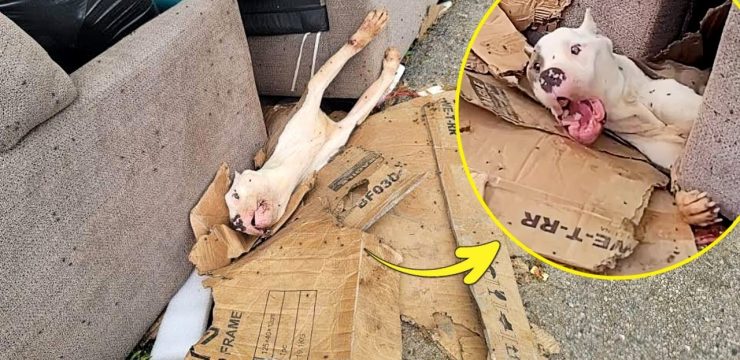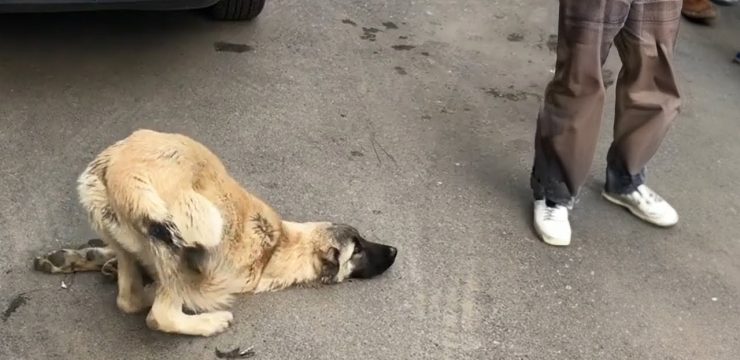In a world often overwhelmed by chaos, tragedy, and uncertainty, there are rare and unforgettable moments that shine like beacons of hope—moments that remind us of the deep, emotional connection we share with the rest of the animal kingdom. One such moment took place in the summer of 1996 at the Brookfield Zoo in Illinois, when a 160-pound female gorilla named Binti Jua became an unlikely hero. Her actions would not only save a young boy’s life but would go on to touch the hearts of millions across the world.

On a sunny August afternoon, families gathered to enjoy a day of exploration and excitement at the zoo. But what was meant to be a day of fun took a terrifying turn when a three-year-old boy climbed over the barrier of the gorilla enclosure and plummeted 25 feet into the habitat below. The impact left him unconscious, injured, and vulnerable in the presence of seven large primates. Panic erupted. The boy’s mother screamed in horror. Onlookers were frozen in disbelief, uncertain of what might happen next.
Inside the enclosure was Binti Jua, a western lowland gorilla. Born in captivity and raised by human caretakers after being rejected by her mother at birth, Binti was no stranger to close human interaction. She had even undergone special training to care for infant gorillas and to bring them to zoo personnel for routine medical checks. Still, no amount of preparation could have predicted what she would do next.
Among the stunned crowd that day was Captain Jeff Bruno of the Kankakee Fire Department. He still recalls the event clearly. “August 16—2:10 p.m.,” he recounted years later in an interview with CBS. Bruno was visiting the zoo with family when he heard the scream and witnessed the incredible scene that followed. As his brother-in-law grabbed a camera, Bruno offered assistance, not knowing he was about to become part of a story that would span decades.
As the crowd looked on, Binti Jua slowly approached the unconscious child. She scanned the area, glancing left, right, and up toward the crowd above, almost as if she understood the weight of the moment and was seeking help. Cradling the injured boy with extraordinary care, she held him in her arms as her own baby, Koola, clung to her back. Then, in a calm and deliberate motion, Binti gently carried the boy to a spot near the entrance of the enclosure, away from the other gorillas.
Meanwhile, zoo staff used a hose to create a safe path, encouraging the other gorillas to keep their distance. As Binti laid the child down carefully, she backed away, giving emergency personnel room to retrieve him safely. Paramedics and firefighters, including Bruno, rushed in. “We assessed the boy and packaged him up. I think we even used duct tape because it was all we had,” Bruno recalled with a mix of seriousness and awe.
The boy, though severely injured, survived. He had suffered a broken hand, a concussion, and several cuts and bruises, but he was expected to make a full recovery. His name was never released to the public out of respect for the family’s privacy, but a few days later, doctors reported that the boy was acting normally and had no memory of the traumatic fall—or the remarkable rescue that followed.
The story of Binti Jua swept across the globe almost instantly. Footage captured of her heroic actions was played on news channels, shared in classrooms, and analyzed by experts in animal behavior. Newsweek named her “Hero of the Year,” and People magazine included her in their “Most Intriguing People” list—despite the obvious fact that she was not human. At the Brookfield Zoo, she received extra treats and attention, while visitors poured in just to see the gorilla whose kindness stunned the world.
Many debated whether her actions were purely instinctive or the result of zoo training. Primatologist Frans de Waal argued that what we witnessed in Binti Jua was genuine animal altruism—a selfless act driven not by conditioning but by an innate sense of empathy. Others pointed to her hand-rearing by humans as a possible influence on her behavior. Regardless of the explanation, her act stood as a powerful testament to the emotional depth and intelligence of animals often misunderstood or feared.
For years, gorillas had been portrayed in popular media as violent beasts—thanks to exaggerated depictions in movies like King Kong. But Binti’s actions challenged that narrative. She wasn’t monstrous. She was maternal, gentle, and deeply aware. Her behavior echoed a similar story from the 1980s, when a male gorilla named Jambo protected a child who had fallen into his enclosure at Jersey Zoo. Stories like these continue to fuel discussion among scientists, but they also continue to inspire hope in ordinary people.
Perhaps the most touching part of Binti Jua’s story is what it teaches us about compassion. In a world where divisions seem to grow by the day, her instinctual response to a child in need reminds us that love, protection, and care are not exclusive to humans. Whether it’s a parent shielding their child or a gorilla safeguarding a stranger’s baby, empathy is a universal trait—one that transcends species and circumstances.
Today, Binti Jua’s legacy endures as more than just a feel-good news story. She became a symbol of the good that still exists in the world, a gentle reminder that even in the darkest moments, light can come from the most unexpected places. Her story continues to inspire generations, showing us that kindness needs no words, no training—it simply needs a heart willing to act.





